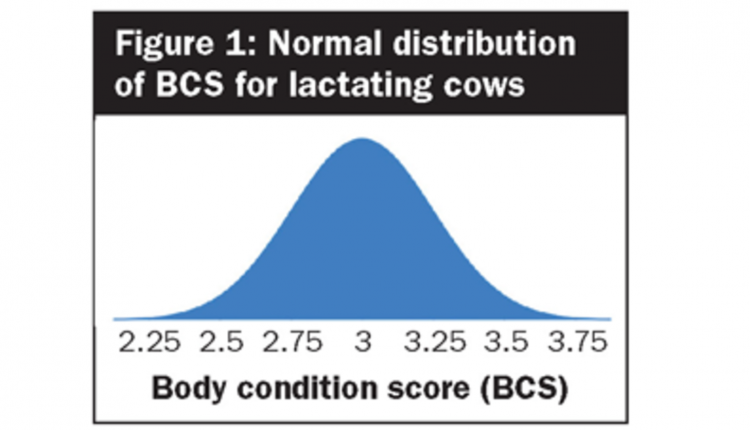The author is a retired professor of dairy science from South Dakota State University. He is now a consultant with Dellait Dairy Nutrition & Management.

Lameness is a major issue in the dairy industry, significantly affecting the health, well-being, and productivity of cows. It often originates from management practices during the early lactation or rearing phases. Studies consistently link primary lameness-related diseases to factors experienced early in life, such as sole bruising, sole ulcers, white line lesions, and digital dermatitis. Digital dermatitis, caused by tenacious Treponemes bacteria, can persist in heifers even after clinical recovery.
To effectively manage lameness in dairy heifers, it’s essential to focus on reducing early-life exposure to these causative agents. This can be done through strict biocontainment, meticulous foot hygiene, and regular foot disinfection.
A shift in our understanding of lameness causes, especially claw horn lesions, has moved toward a biomechanical perspective. This emphasizes the importance of preventive measures and early intervention strategies, including the prudent use of anti-inflammatory medications.
An eye on lameness
Early lameness detection is a promising frontier in managing lameness in dairy cows, and 3-D cameras are a standout technology. These cameras continuously monitor cow movements and behaviors, identifying subtle changes that signal lameness before clinical symptoms appear. This early detection allows for swift intervention and treatment, reducing the severity and duration of lameness, which is especially crucial for dairy heifers.
Additionally, 3-D cameras provide objective, quantitative data on gait and posture, improving our ability to manage lameness issues in the herd. Timely intervention assumes a pivotal role in optimizing the prospects of successful lameness recovery in dairy cattle. The following points underscore the criticality of early intervention.
Halting disease progression: Early treatment functions as a fundamental safeguard against the advancement of lameness conditions, including claw lesions such as white line disease, sole hemorrhages, and sole ulcers. By intervening during the initial stages of lameness, detrimental effects on the cow’s health and well-being can be kept to a minimum.
Alleviating pain and discomfort: Timely intervention plays a key role in alleviating the pain and discomfort associated with lameness. Incorporating nonsteroidal anti-inflammatory drugs as a standard treatment component has proven effective in pain reduction. One example is flunixin meglumine (Banamine), commonly employed for pain relief and anti-inflammatory purposes.
Enhancing treatment effectiveness: Early detection and prompt treatment have a profound impact on treatment outcomes. For instance, a comprehensive approach that combines anti-inflammatory drugs, trimming, and other measures has demonstrated the highest rate of successful recovery within a five-week period. Adherence to recommended treatment protocols substantially augments the likelihood of positive treatment outcomes.
Mitigating economic losses: Each lameness case incurs expenses related to treatment, medication administration, diminished fertility, or even culling. By addressing lameness issues during their nascent stages, farmers can amplify operational efficiencies and curtail expenses.
Value in early intervention
Traditionally, dairy producers have raised all heifers to ensure a future supply of replacements. However, advancements in management and the use of sex-sorted semen have led to a surplus of dairy replacement heifers in the U.S. The value of prepartum heifers is estimated at around $1,300, with rearing costs ranging from $1,700 to $2,400.
Dairies that produce an excess of heifers for sale may face significant economic challenges due to factors like mortality, disease, fertility, and elective culling. Balancing the economic aspects of dairy heifer management with the dairy industry’s broader goals is a complex challenge that requires strategic planning and thoughtful consideration.
Addressing lameness in the dairy industry is paramount, given its profound implications for the health, welfare, and productivity of dairy cows. Our understanding of the origins of lameness, often rooted in management practices during early life stages, underscores the importance of preventive measures and early interventions.
The transformation in our perspective on lameness, shifting from traditional models to a biomechanical framework, highlights the critical role of fostering the development and preservation of the digital cushion. Concurrently, early intervention strategies, including the judicious use of anti-inflammatory medications and prompt treatment, are recognized as integral components of a comprehensive approach.
Advanced technologies like 3-D cameras hold great promise in mitigating lameness. They enable early detection, allowing for swift intervention and reducing the impact of lameness, which is particularly important for dairy heifers.
Emphasizing the speed of lameness detection is crucial for effective resolution. Timely intervention not only minimizes complications but also speeds up the recovery process, providing multiple benefits from halting disease progression and alleviating pain to enhancing treatment effectiveness and reducing economic losses.
It’s essential for farmers, veterinarians, and hoof trimmers to stay informed about recommended treatment protocols and the advantages of early intervention. This collective knowledge empowers effective lameness management, benefiting animal well-being and dairy farm sustainability. Prioritizing proactive measures and innovative technologies can lead to a future where lameness has a minimal impact on dairy cattle, promoting their health and productivity.
For our 1,000+ Producers
Welcome to this new section in Hoard’s Dairyman, tailored specifically to you. Here we will provide content focused on the unique requirements and challenges found on operations milking more than 1,000 cows.











